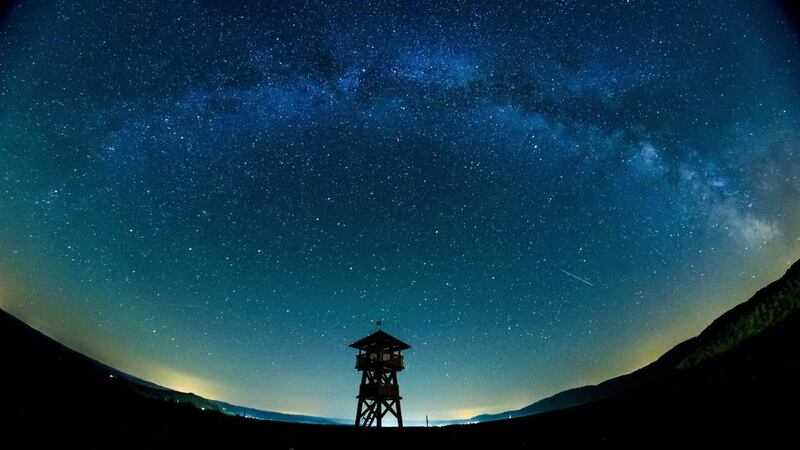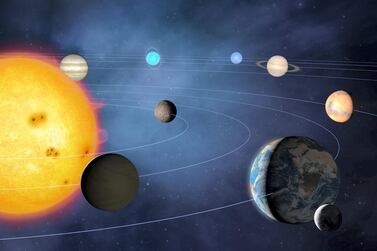The Milky Way, home to our Sun and billions of other stars, merged with another smaller galaxy in a cosmic collision about 10 billion years ago, scientists said on Monday, based on data from the Gaia space observatory.
The union of the Milky Way and the dwarf galaxy Gaia-Enceladus increased our galaxy's mass by about a quarter and triggered a accelerated star formation lasting about 2 to 4 billion years, the scientists said.
"Yes, indeed it was a pivotal moment," said astronomer Carme Gallart of Instituto de Astrofísica de Canarias in Spain, lead author of the research published in the journal Nature Astronomy.
Galaxies of all types began to form relatively soon after the Big Bang explosion that marked the beginning of the universe about 13.8 billion years ago.
But they were generally smaller than those seen today and were forming stars at a rapid rate. Subsequent galactic mergers were instrumental in configuring the galaxies existing now.
High-precision measurements of the position, brightness and distance of about a million stars within 6,500 light years of the Sun, obtained by the European Space Agency's Gaia space telescope, helped to pinpoint stars that formed before and after the merger.
Certain stars with higher content of elements other than hydrogen or helium arose in the Milky Way, they found, and others with lower content originated in Gaia-Enceladus.
While the merger was dramatic and helped to shape what the Milky Way has become, it was no calamity.
"This crash was big in cosmic terms but if it was happening now, we could probably not even notice at a human or solar system level," Ms Gallart said.
"The distances between stars in a galaxy are so huge that the two galaxies intermix, change their global shape, more star formation may happen in one, and maybe the small one stops forming stars.
"But the individual stars in each galaxy don't collide; don't really notice the force of the event in a way that affects their individual evolution or the evolution of the planetary systems that may be attached to them."
The Milky Way, spiral shaped with a central bar-like structure composed of stars, includes 100 to 400 billion stars, including the Sun, which formed about 4.5 billion years ago, far after the merger.







